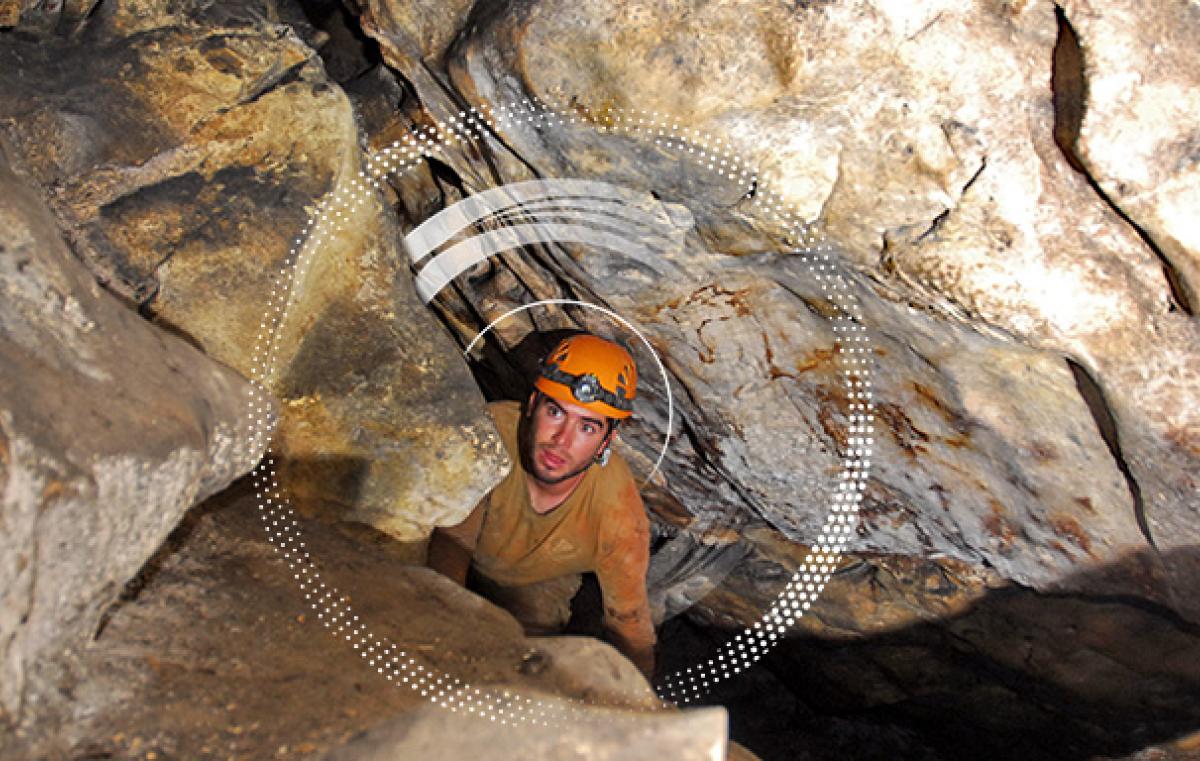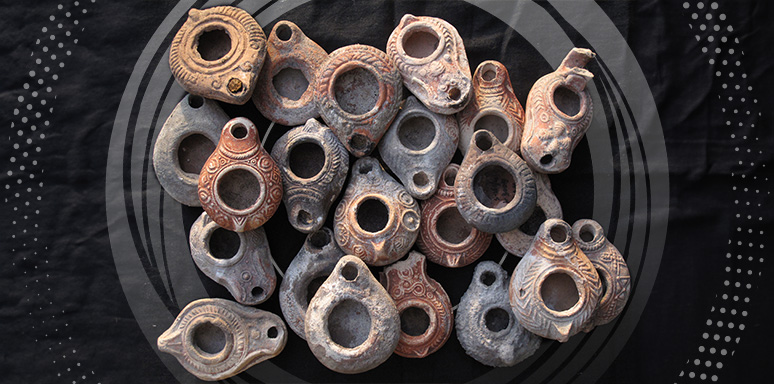Signs of Necromancy Rituals in Jerusalem Cave
Rare archaeological findings by Prof. Boaz Zissu of the Department of the Land of Israel Studies and Archaeology reveal mysterious customs of 1700 years ago

In a stunning archaeological discovery, a team of researchers from Bar-Ilan University, the Israel Antiquities Authority, and the Israel Cave Research Center have unveiled evidence of long-lost necromancy rituals that might have taken place some 1,700 years ago in the Teomim Cave, nestled in the Jerusalem Mountains. The findings, published in the esteemed Harvard Theological Review, offer a rare glimpse into the mysterious customs of ancient times.
The Teomim Cave has intrigued researchers since the 19th century. Since 2009, the cave was reexamined and surveyed by a team of researchers from the Martin (Szusz) Department of Land of Israel Studies and Archaeology at Bar-Ilan University and from the Israel Cave Research Center, led by Professors Boaz Zissu of Bar Ilan University and Amos Frumkin of the Hebrew University. Little did they know that their efforts would unearth a trove of artifacts that would challenge historical understanding.
Among the remarkable finds were over 120 pottery oil lamps carefully concealed in hard-to-reach crevices, accompanied by intriguing objects such as human skulls, coins, pottery bowls, and ancient weapons.
The significance of the discovery lies not only in the objects, but also in how they were deposited and buried within the cave. The researchers propose that the cave might have been a site for necromancy, which is the practice of communicating with and manipulating the spirits of the dead, often to gain knowledge, power, or foretell the future.

To unravel the secrets behind these artifacts, the researchers conducted an in-depth study at the University of Oxford, exploring comparable archaeological findings from the Greco-Roman world and analyzing hundreds of ancient texts from the Classical periods.
In the Greco-Roman era, dark caves with deep pits were believed to be potential gateways to the underworld, and in such places, necromantic rituals were performed. The researchers found that oil lamps and reflections of fluids in bowls were commonly used to communicate with the spirits of the dead and predict the future. Human skulls were integral to these rituals, often used to summon the relevant spirit of the deceased.
According to Prof. Zissu, most of the findings hidden within the crevices of the Teomim Cave were used in necromancy and rituals associated with caves believed to be entrances to the underworld. Their purpose was divination and the elevation of the spirits of the dead using mediums. The burial of over a hundred and twenty oil lamps in the cave indicates that they were containers of supernatural power, possibly used in necromantic elevation ceremonies to foresee the future. The skulls' burial suggests an additional component of the rituals.
The discovery of necromancy evidence in the Teomim Cave not only adds a new layer to our understanding of ancient customs but also underscores the allure of history hidden beneath the Earth's surface.